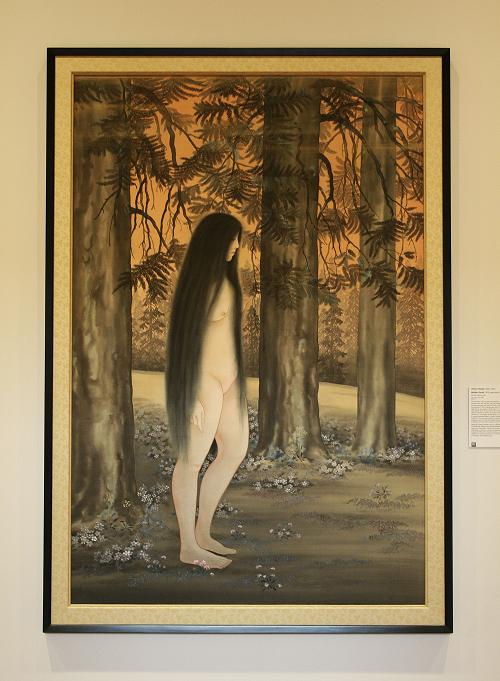5.09.2010
Mother Earth
Mother Earth
1912 (reworked 1922, 1928). Ink and colors on silk.
Chiura Obata (1885-1975)
The de Young Museum, San Francisco
The panel next to the painting reads:
Chiura Obata commenced this painting in 1912 as a portrait of his wife, Haruko, who had announced that she was pregnant with their first child. Obata reworked the painting in 1922, changing the title to Dusk in the High Sierra, and again in 1928, when he chose the final title, Mother Earth. The evolution of the title reveals Obata's intention to endow his subject with greater resonance. The solitary female figure now serves as a universal personification of nature, fertility, and maternity. The contrast between the giant, centuries-old redwood trees and the small, seasonal wildflowers serves as a reminder of the cycles of nature - and of life itself.
Although Obata's model is Japanese, his universal title reflects his global perspective regarding nature and nationality: "Above the borderline of nationality everybody must feel a deep appreciation toward Mother Earth." Obata's timeless vision of nature reaffirms our perennial ties to nature in an increasingly technological age.

